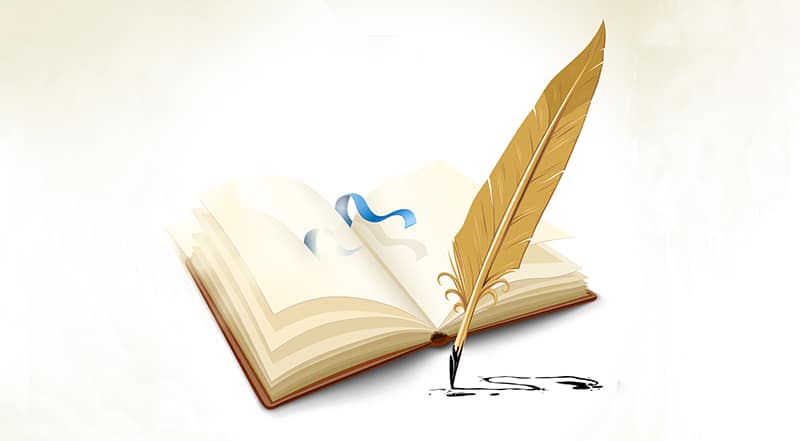
It is done; we drank our first sip of the distillate that we poured in our glass. Now, after the tasting, it is time to evaluate the experience: did we like it? Didn’t we like it? What defects and strengths have we encountered?
The evaluation we can give is based on our sensations and our senses. The best way to increase one’s knowledge is obviously experienced, together with comparing similar products. Experience means expanding the drinking vocabulary, searching for new spirits to test, and creating a personal story to analyze better the products we choose to taste.
We can try to make a tasting as less subjective as possible by focusing on some particular aspects:
On the sidelines, we can try to create a product sheet: which component, in our opinion, is the best? Is the product well balanced, i.e., do the components integrate, or are they separated? How was the general alcohol impact? The discussion represents a further element if we are tasting in the company. We can also check on websites, books, and trade magazines if our feelings correspond to those we find online. If we are tasting more products, let’s try to rank under the components described above: which product satisfied us the most and why? We can then think of giving votes in letters or numbers: however, this is a complex subject that we will deal with later since it needs a little more time to be discussed.
Do not miss any news and the highest rated spirits!